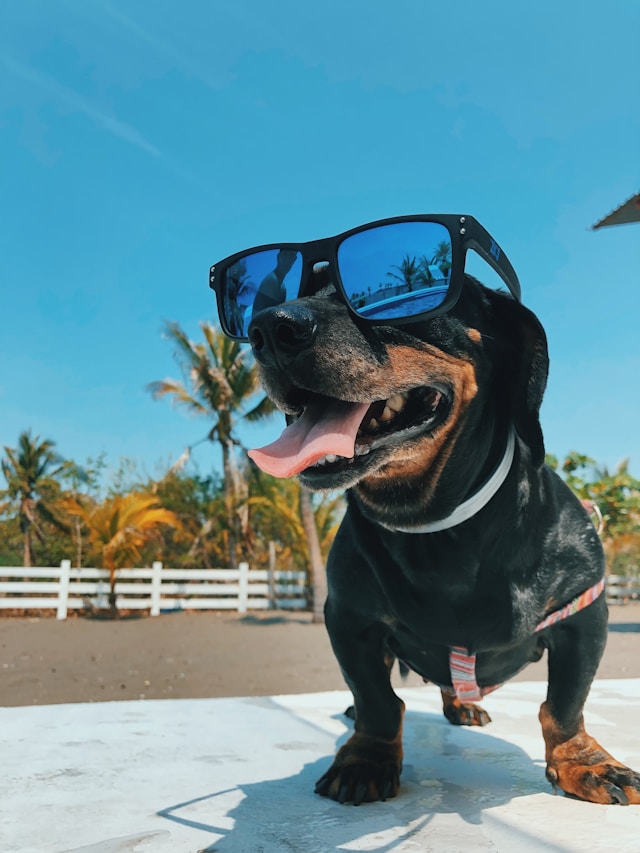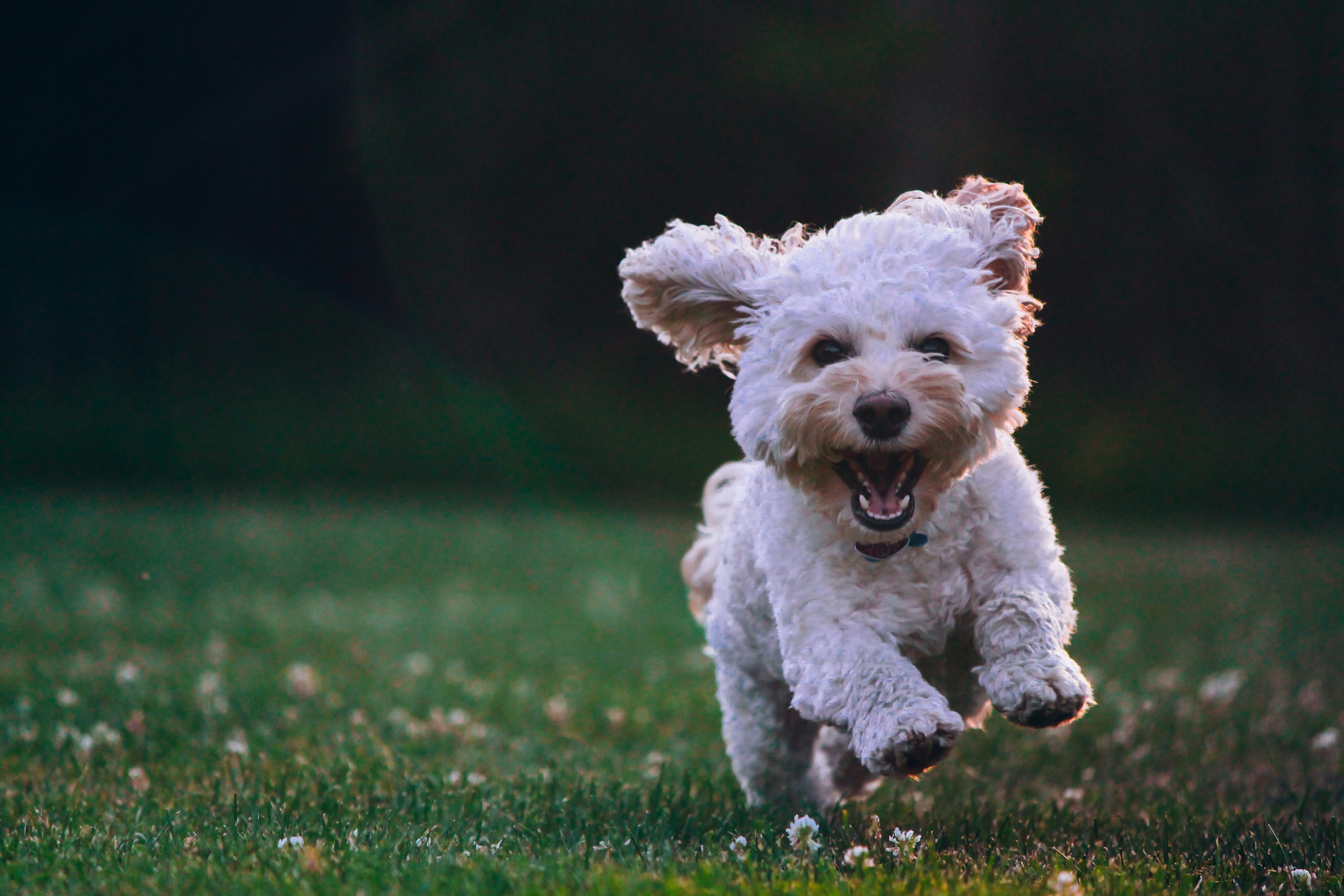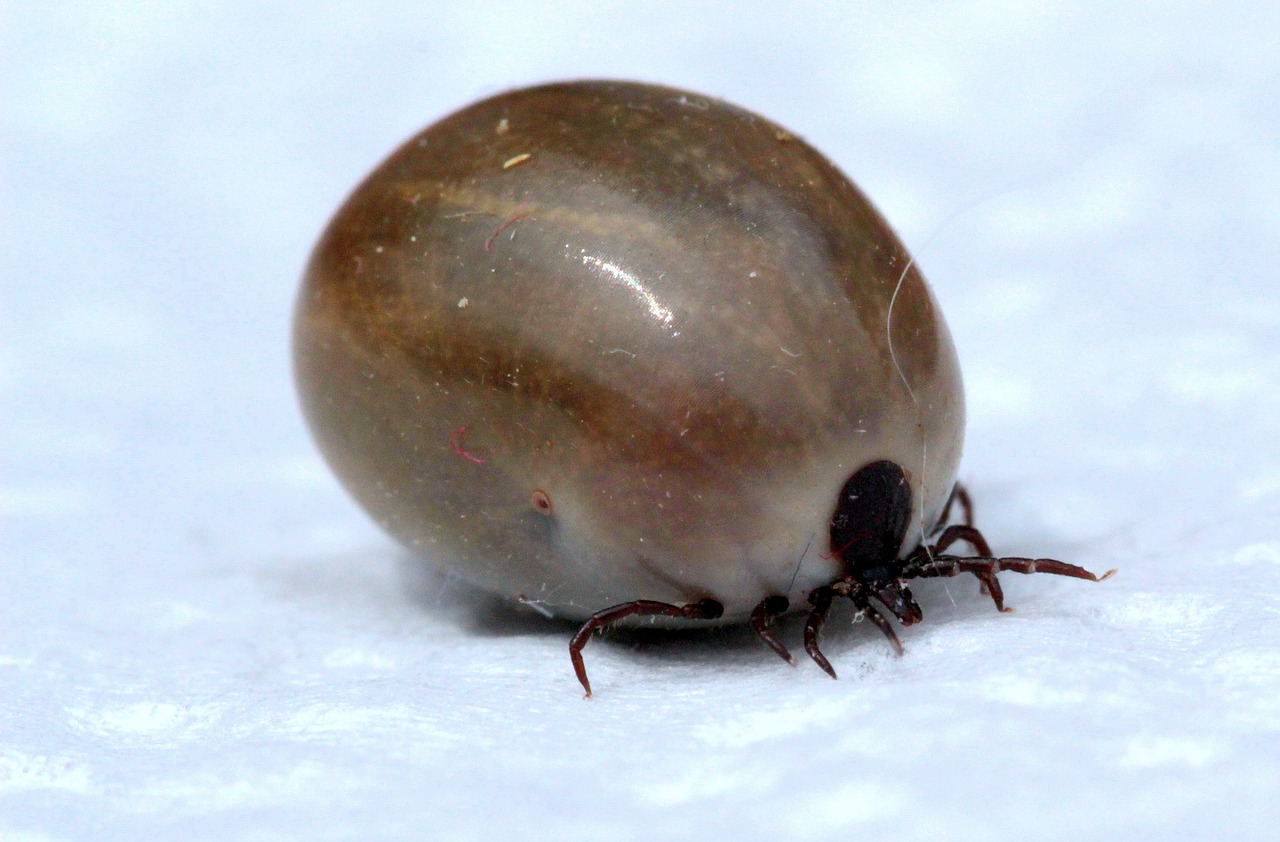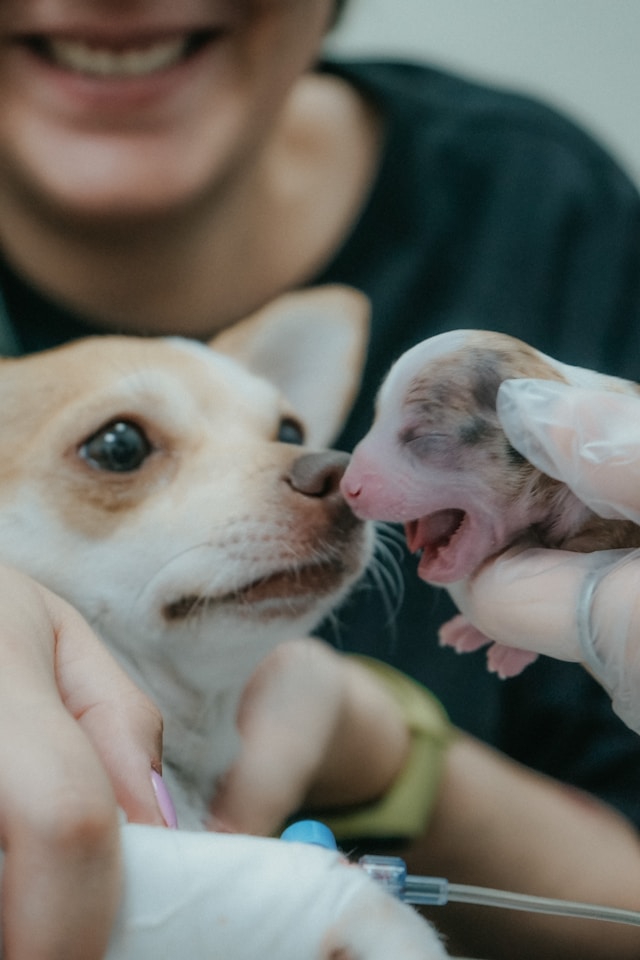Australian Kelpie

| OFFICIAL NAME | Australian Kelpie |
| COMMON NAME | Australian Kelpie |
| PET HEIGHT | 19 to 25 inches |
| PET WEIGHT | 28 to 60 pounds |
| LIFESPAN | 12 to 15 years |
| GOOD WITH | children, dogs, families |
| TEMPERAMENT | friendly, gentle |
| INTELLIGENCE | high |
| SHEDDING AMOUNT | infrequent |
| EXERCISE NEEDS | high |
| ENERGY LEVEL | active |
| VOCAL LEVEL | when necessary |
| DROOL AMOUNT | low |
| BREED GROUP | herding |
| BREED SIZE | medium (26-60 lbs.) |
| COAT LENGTH | short |
| COLORS | black, blue, brown/chocolate/liver, cream, fawn, red |
| PATTERNS | bicolor, black and tan, tricolor |
| OTHER TRAITS | easy to groom, easy to train, good hiking companion, hot weather tolerant, loves water, tendency to chew, tolerates being alone |
They require a lot of mental and physical challenges due to their high level of energy. These dogs are ideal for active families looking for devoted and loving companions. Kelpies still have a strong work ethic since they were primarily bred in Australia to herd sheep over rugged terrain. They make excellent hiking partners and perform exceptionally well in physically demanding sports like fly ball and agility. Kelpies enjoy engaging in action-packed activities with their owners and are amazingly loyal to their families.
American enthusiasts don't need to worry, even though Australian kelpies are more common in Australia than in the United States. These unique dogs are the focus of nationwide breed clubs and rescue groups that make sure committed owners adopt them.
Appearance
At first glance, the Australian Kelpie may resemble a cross between the German shepherd (with its erect ears and curled tail), the smooth-coated Border collie (with its glossy, short hair), and the Rottweiler (with its black and tan coloring). These medium-sized dogs are unique to their breed, however. Typically growing to 17 to 20 inches and weighing up to 60 pounds, kelpies are solid and muscular animals. Their short fur, which consists of a thick, straight outer coat and a dense undercoat, covers their compact, robust bodies. Their fur can range in color from solid black, chocolate, and red to fawn and smoky blue, though black and tan is the most common combination. Additionally, some kelpies have yellow coats, which historically led to the misconception that they were descended from dingoes.
Due to its low-maintenance nature, kelpies' coats require little grooming and are known as "wash and go." However, to keep them clean and comfortable, kelpies who work or spend much time outside might benefit from more frequent brushings or baths.
Personality
Australian Kelpies are robust, industrious canines renowned for their resilience in hot and dry environments. Because of their endless energy, they are ideal for the workplace, but they also need much care and exercise. Because of their intelligence and independence, these dogs can be challenging to train. Finding a more devoted and trustworthy working companion is more complex than finding a Kelpie.
Because of their experience herding, they do best when given an independent task. They would rather work together than be told what to do all the time. Early socialization is essential to control their innate fear of strangers and territorial tendencies and make them good watchdogs. Kelpies are loving and devoted to their families despite their protective nature, and they have earned the moniker "Velcro dog" for their unwavering companionship and loyalty.
They require on-going training and socialization to prevent possessiveness and territorial behaviour, which can lead to mild aggression toward strangers. Additionally, they might attempt to herd children, so caution is necessary. Even though they generally get along with other pets, if they haven't been raised with small animals, their herding instinct may cause them to chase them. If early introduction is not given, cats, in particular, may end up on the receiving end of their herding instincts.
Living Needs
The original purpose of kelpies was to herd sheep over vast stretches of land. They do not necessarily need a farm or animals to be content. Still, they benefit from having a large, safely fenced yard and many exercise opportunities. Given their high level of activity, Australian Kelpies should eat a diet that is appropriate for them. They can survive on a diet high in lean meats like beef, chicken, or organ meats, as well as canned foods with high meat content and homemade bone broths, but they can also thrive on dry kibble, about 1-2 cups per day. If you choose this diet, keeping a close eye on the nutrients they're getting is crucial.
Care
The Australian Kelpie breed requires little maintenance and is easy to care for. All you need to do to keep your Kelpie looking neat is give it an occasional bath and brush it frequently to control shedding. To keep their nails from growing too long, it's also critical to trim them regularly. Australian Kelpies require regular veterinary care to stay healthy like any other dog. This care includes vaccinations, parasite prevention, and dental exams.
Health
Australian Kelpies are robust and live an average of 12 to 15 years, but they are susceptible to specific health problems. They often have elbow and hip dysplasia, a disorder where the joint ball and socket are misaligned and rub against each other.
Cerebellar abiotrophy (CA), a genetic disorder affecting the cerebellum (which controls movement), is another cause for concern. There are two types: one that affects young dogs and another that affects mature dogs. One of the main symptoms is a lack of coordination and balance, which manifests as a shaky gait. While older dogs with CA may have a worse prognosis, it is more manageable when discovered in puppies. You must speak with your veterinarian if you notice any indications of CA in your Kelpie. Genetic testing can improve the prognosis and aid in efficient disease management.
Exercise Requirements
Australian Kelpies are highly active dogs that enjoy vigorous exercise; when they're working, they can run up to 60 kilometers in a day! Frequent exercise helps control their innate chasing and herding instincts and keeps them healthy and happy. You must add mental challenges to their exercise regimen to keep their sharp minds active.
Playing games like fetch, Frisbee, and hide-and-seek can help them develop a balanced temperament and awaken their herding instincts. For these energetic dogs, a quick 20-minute walk won't cut it; instead, try to get at least two hours of exercise each day, divided into several sessions. Exercises like jogging, group cycling, or weighted vest use can help burn calories and increase muscle if time is of the essence.
When exercising Kelpies, variety is essential. They enjoy learning new skills and do well in agility classes, which are mentally and physically demanding activities. Swimming, scenting games, and tug-of-war is all excellent choices to keep them occupied and happy.
Training
Because Australian Kelpies have a strong sense of independence, training them can be difficult. Regular training sessions are crucial if your Kelpie is a working dog or a family pet.
As soon as you bring your Kelpie puppy home, begin training it. To form positive habits, early socialization with other pets and the learning of basic commands should start as soon as possible. Kelpies cherish collaboration and trust because they are descended from independent herders. Training based on rewards is very successful in building a solid relationship between you and your dog.
Since kelpies love purpose, they usually look forward to training sessions. Start teaching basic commands to your infant at 4–6 weeks old to lay the groundwork for future obedience and responsiveness.
History
The early collies brought to Australia as working dogs in the early 1800s are the ancestors of the Australian Kelpie. These collies were crossed with other breeds to make them better autonomous stock workers, possibly even wild dingoes. Although it was illegal to own dingoes as pets, there may have been some crossbreeding in the Australian Kelpie's past due to physical similarities between the two breeds.
When Jack Gleeson first got a black-and-tan female in the early 1870s, the name "Kelpie" first appeared. For Kelpies, distinct coat colors have names. They were sometimes referred to as Barb Kelpies; Black Kelpies get their name from Barb, a well-known Kelpie who won the Melbourne Cup in 1866. Red Cloud Kelpies can trace their ancestry to Australia's most famous Red Cloud, John Quinn's.
Fun Facts
2011 saw the incredible 351.8-foot Australian Kelpie known as Abbie Girl surf a wave in San Diego. She could surf the most extended wave ever recorded by a dog, earning her a place in the Guinness Book of World Records.
Ozzy, a different Kelpie cross, broke the world record by walking a tightrope in 18.22 seconds.
The protagonist of the book Red Dog is a Kelpie, modelled after a real-life nomadic dog from Dampier, Australia. This devoted dog gained popularity in the nearby mining town and was honoured with a monument. The highly regarded movie Red Dog was made based on the book in 2011.
Get insurance plans with wide-ranging coverage options













